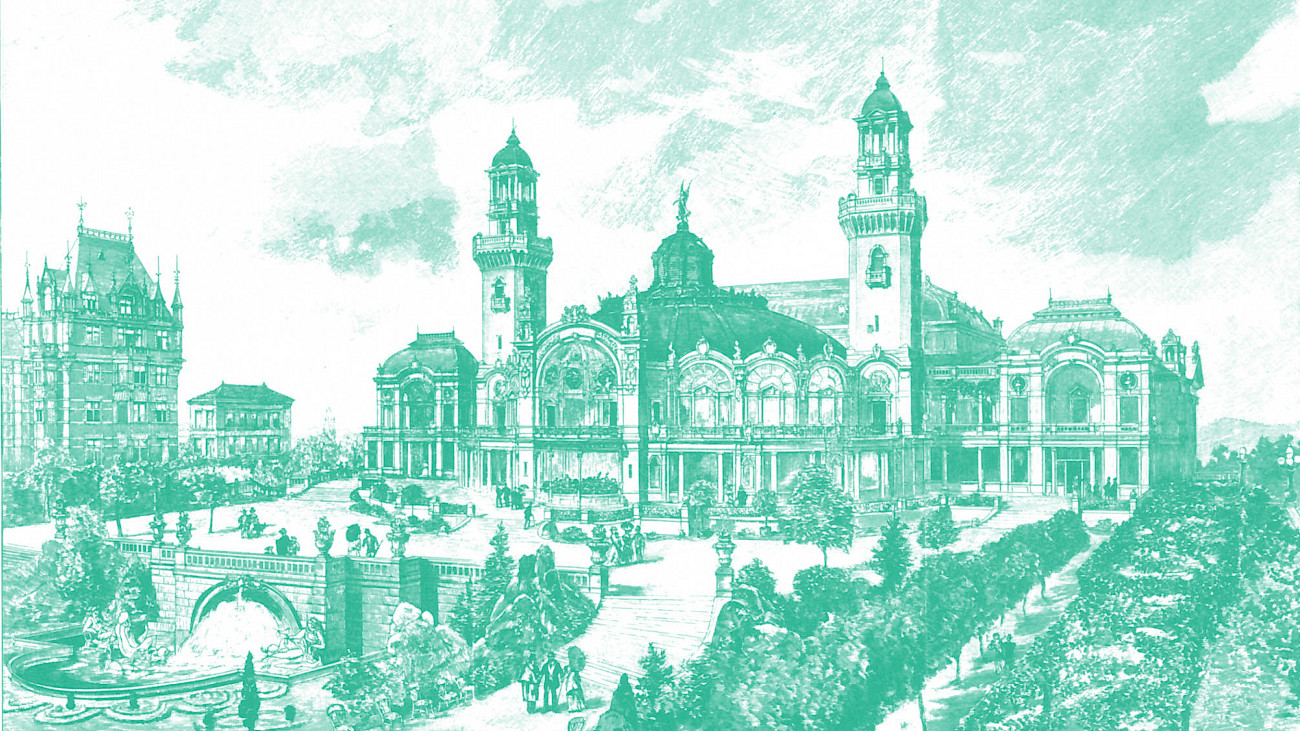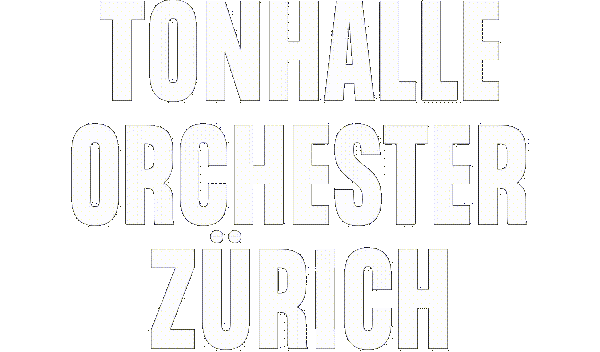
From 1895 to 2021
The Tonhalle on Lake Zurich has witnessed four structural milestones, the dates of which will appear as programmatic highlights throughout the 2021/22 season. We take a look at the building’s eventful history.

1895 – A «Temple of Art» for Zurich
The New Tonhalle on the shores of Lake Zurich was completed in 1895. Conceived as a «permanent temple of art» for the people of Zurich, the new building replaced the Old Tonhalle, which had been erected on the site of the Kornhaus on Sechseläutenplatz in 1867. The Tonhalle-Orchester Zürich, which had been founded in 1868, was thus able to move into a splendid building that was emblematic of the Zurich bourgeoisie’s proud self-image.
With buildings like the New Tonhalle, Zurich was aiming to transform itself into a modern metropolis. As part of the quayside promenade newly designed by Arnold Bürkli (today’s General-Guisan-Quai), the concert hall was intended to make a suitable impression. Renowned Viennese architects Fellner & Helmer, who had also recently built the Stadttheater Zürich – today's opera house – were engaged for the purpose. Boasting two lofty towers, the architects’ design for the Tonhalle was a prestigious building complex modelled on the Trocadéro in the cosmopolitan city of Paris.
No sooner had the Tonhalle’s concert hall – the centrepiece of Zurich’s Trocadéro – been inaugurated, than its outstanding acoustics were praised. And they are still world-renowned. The revered Johannes Brahms was invited to conduct his own works at the inaugural concert. And while doing so, the composer was able to marvel at his own portrait alongside depictions of other greats of musical history such as Beethoven.
1939 – A modern conference centre for the National Exhibition
Zurich was exceedingly proud to host the 1939 National Exhibition, which was all about the spirit of national defence at a time when Europe was heading towards the next catastrophe.
Swiss architects Haefeli, Moser, Steiger were commissioned to build a modern conference centre. To this end, the Trocadéro – which by this time was increasingly perceived as «dated» – was demolished and replaced by a masterpiece of modern architecture. The architects succeeded in integrating the two Tonhalle concert halls into a building complex that was impressive in terms of its enhanced understanding of functionalism, integrating various aesthetic and decorative elements into the purely functional aspects of the construction. The building cleverly played with the contrast between the urban and natural worlds by featuring, for example, a garden courtyard, a tropical conservatory in the foyer and a terrace overlooking the lake.
1985 – A renovation in the spirit of renewal
In the 1980s – a turbulent period, and not only for Zurich – the Tonhalle was modernised in the style of the times. This involved various interventions in the architectural substance of the complex. The most obvious instance of this was the Panorama Hall, a massive steel edifice built parallel to the lake.
The time had also come to replace the aging organ, which dated from 1872 and had already been transferred to the New Tonhalle from the Old Tonhalle on Sechseläutenplatz. Despite its great historical value, a new instrument took its place.
2021 – Dialogue between past and present
The Tonhalle was thoroughly renovated between 2017 and 2021. The Zurich electorate had previously rejected the idea of building a new conference centre, which would have meant demolishing the building by Haefeli, Moser, Steiger.
By doing so, voters had acknowledged that the concert hall’s great architectural heritage was worthy of preservation.
With their 21st-century upgrade, collaborators Elisabeth and Martin Boesch, Diener & Diener, and Conzett Bronzini Partner have succeeded in initiating a dialogue between past and present. By, for example, reinstating the original spectacular colours of the opulent hall, they have lavishly restored the Grosse Tonhalle to its original state of 1895. Featuring a spacious terrace and restaurant, the newly renovated complex also offers direct access to the lake and views of the alpine panorama. The dialogue between past and present is also taken up in artistic terms – among other things with a new organ in the Grosse Tonhalle that is suitable both for the repertoire of the period when the concert hall was inaugurated and for contemporary music.







